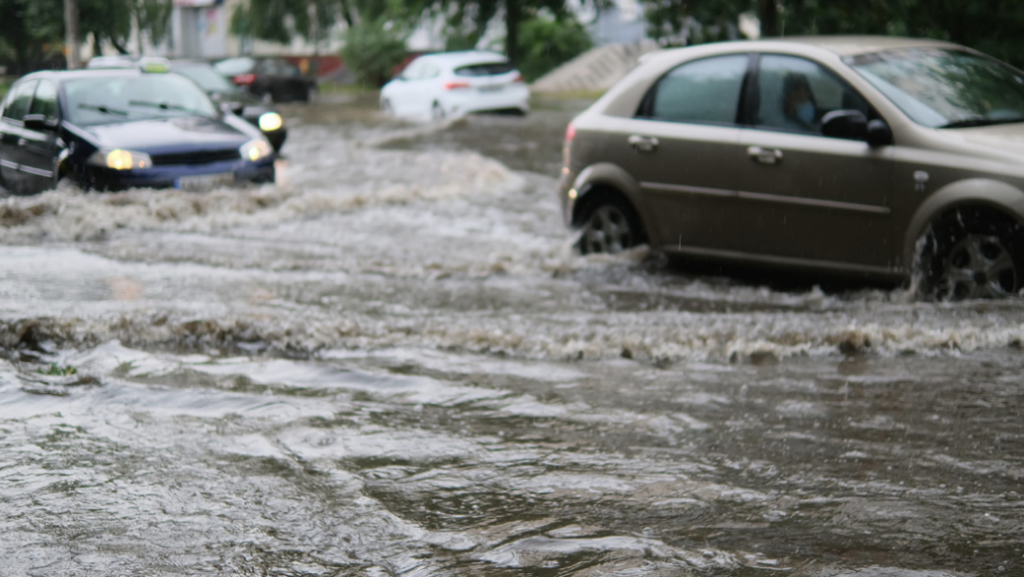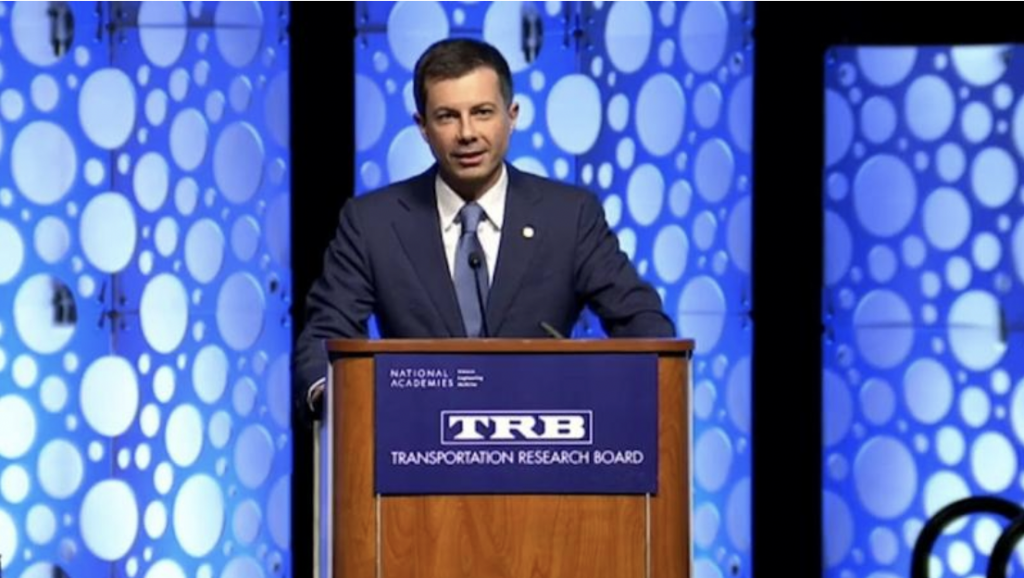To create a more precise estimate for the carbon uptake of buildings, the MIT CSHub has developed a bottom-up, context-sensitive approach to estimate the uptake of different cement-based products (CBPs) in a building by estimating the uptake in individual CBPs within that building [3]. This brief describes estimates for single-family homes and the elements they comprise derived using this modeling approach. These results are intended to help in making informed decisions about the capacities of CBPs in buildings to help (confine and) neutralize carbon emissions.
-
-
In this report, a framework is proposed to account for carbon uptake in Product Category Rules (PCRs) for creating EPDs. The proposed method elaborates the multi-level approach adopted to define carbon uptake estimation based on the information available to EPD producers and users. The report highlights the need for a probabilistic framework to account for uncertainties associated with the input data and modeling approach. The report also aims to provide guidelines for producers to incorporate carbon uptake estimates into EPDs based on end-use applications and create a baseline for a science-based and transparent method generalizable to other components of a CBP’s life cycle.
-
Learn about the MIT CSHub’s research, communications, and implementation impacts across sustainability, infrastructure, resilience, and workforce since Spring 2023 in our newly-released Spring Review.

-
Learn how building life cycle assessment can inform scope 1-3 accounting for producers in our latest brief authored by Ipek Bensu Manav and team.
Read the brief.

-
The MIT Electron-conductive Cement-based Materials Hub (EC^3 Hub), an outgrowth of the MIT CSHub, was established by a research agreement with Aizawa Concrete of Japan. The EC^3 Hub, read as “EC-cube,” will investigate the infrastructure applications of multifunctional concrete — concrete having capacities beyond serving as a structural element, such as functioning as a “battery” for renewable energy.
Read the article in MIT News.

-
How can the cement industry enable widespread adoption of carbon capture, utilization, and storage? In this research brief, Elizabeth Moore and team investigate a model carbon transport network to serve the cement industry. Pipeline design scenarios were analyzed to investigate the location of “carbon hubs” of nearby industrial facilities that could tap into pipelines at low cost. This would allow for the cement industry to enable carbon capture across a much larger swath of the economy.
Read the brief.

-
Whitepaper: “Reducing Carbon Emissions in the Built Environment: A Case Study in 3D Printed Homes”
In this whitepaper, Hessam AzariJafari and Randolph Kirchain join Francesca Lolli, Sean Monkman, and Bungane Mehlomakulu of ICON to present a comparative analysis of the life cycle performance of 3D-printed and stick frame homes in various U.S. climate conditions.

-
Hessam AzariJafari will be a featured panelist at the Transatlantic Institute for Sustainable Trade’s roundtable on 1/31, “Creating a Market for Green Cement and Concrete on Both Sides of the Atlantic,” in Washington, D.C. The roundtable will discuss how regulatory frameworks can support the market uptake of cleaner cement and concrete technologies and accelerate decarbonization efforts.
This event is organized by the EU-U.S. Trade and Technology Dialogue.
-
Danial Amini and Johannes Kalliauer describe an accessible and inexpensive flood modeling approach accounting for city texture.
Click here to read more.

-


